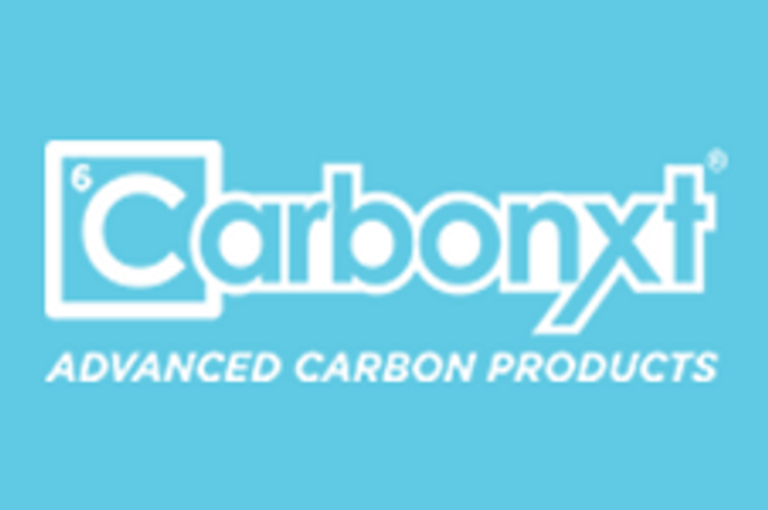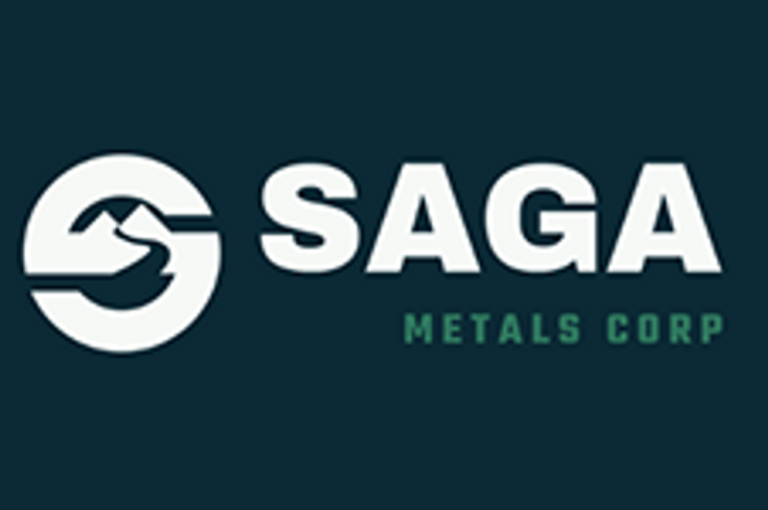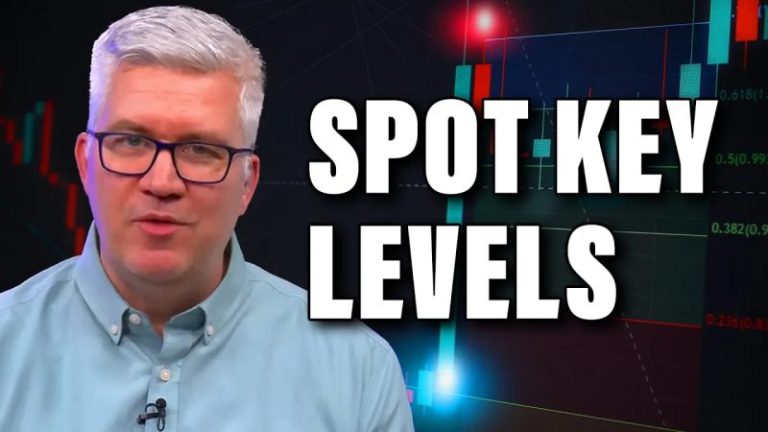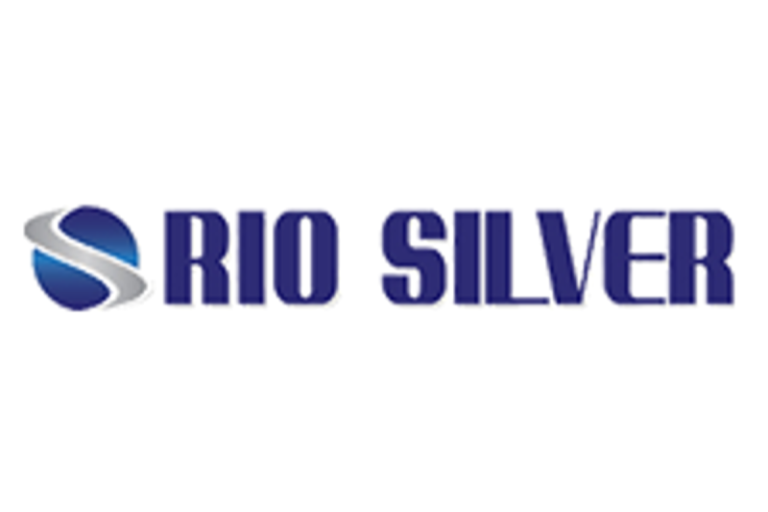Here’s a quick recap of the crypto landscape for Wednesday (June 25) as of 9:00 p.m. UTC.
Get the latest insights on Bitcoin, Ethereum and altcoins, along with a round-up of key cryptocurrency market news.
Bitcoin and Ethereum price update
Bitcoin (BTC) is priced at US$107,736, an increase of two percent in the last 24 hours. The day’s range for the cryptocurrency brought a low of US$107,027 and a high of US$108,116.
Bitcoin price performance, June 23, 2025.
Chart via TradingView.
Ethereum (ETH) closed at US$2,432.58, trading flat over the past 24 hours. Its lowest valuation on Wednesday was US$2,403.59, and its highest valuation was US$2,441.16 at the opening bell.
Altcoin price update
- Solana (SOL) was priced at US$144.38, down 0.6 percent over 24 hours. Its highest valuation on Wednesday was US$147.61, and its lowest was US$143.28.
- XRP was trading for US$2.20 as markets wrapped, down by 0.3 percent in 24 hours. The cryptocurrency’s highest valuation was US$2.23, and its lowest price on Wednesday was US$2.18.
- Sui (SUI) is trading at US$2.76, showing an increaseof 0.1 percent over the past 24 hours. Its lowest valuation was US$2.73, and its highest valuation was US$2.84.
- Cardano (ADA) is priced at US$0.5709, down by 1.9 percent in 24 hours. Its highest valuation on Wednesday was US$0.5838, and its lowest was US$0.5678.
Today’s crypto news to know
Trump Media’s Bitcoin-Ethereum ETF gains NYSE support
The New York Stock Exchange (NYSE) has formally submitted a rule change to the US Securities and Exchange Commission (SEC) to allow the listing of the Truth Social Bitcoin and Ethereum ETF.
The dual-asset exchange-traded fund (ETF), which is backed by Donald Trump’s media company, would be held in a 3:1 BTC to ETH ratio, is to be custodied and executed by Crypto.com. The rule change was filed under the SEC’s 19b-4 process, signaling the NYSE’s commitment to fast-track the listing pending regulatory review.
This development follows Trump Media’s previously announced plan to raise US$2.4 billion for its own bitcoin treasury.
Although that fund remains inactive, the ETF proposal is part of a larger suite of politically branded crypto products in the pipeline. So far, only the Truth Social ETF filings have been formally submitted to the SEC.
Bitcoin hashrate drops amid Iran attacks and heatwave
Bitcoin’s hashrate has dropped 15 percent since June 15, and some in the community point to the attack on Iran as a primary reason, although the exact cause hasn’t been confirmed.
“Hashrate dropped right after Israel’s initial strike on Iran. It’s not talked about often but Iran has been mining for many years now (over 5 years).. its likely that Israel hit part of Iran’s power grid and disrupted some of their mining operation,” an X user known as daniel wrote on Sunday (June 22).
“Can’t say whether disrupting (their) mining was part of their plan or simply a secondary effect of the strike, but I think it’s likely this is what caused the drop in hashrate.”
However, only 3 percent of the hashrate decrease precisely coincided with events related to attacks on Iran.
According to TechCrunch, the Iranian government imposed a near-total internet blackout on as a precaution against potential cyberattacks, which coincided with a 2.2 percent decline in global hashrate from Thursday (June 19).
The US strike on Iran’s nuclear facility then led to power grid outages in the country, coinciding with a one percent decrease in global hash rates from Saturday (June 21) to Sunday (June 22).
The hashrate had already fallen by over 6.25 percent between June 15 and June 19, before the internet blackout and the US bombing. The current heatwave covering the Eastern coast of the US and Canada could be another contributing factor, as elevated temperatures can lower the efficiency of high-performing technology.
Coinbase surpasses all-time high
Coinbase Global (NASDAQ:COIN) surpassed its all-time high on Wednesday, reaching US$369.25, more than three percent above its previous record of US$357.39 recorded on November 9, 2021.
The move marks a strong resurgence from its year-to-date low of US$151.47, recorded in April.
Coinbase’s stock price has grown by 38 percent since the start of the year and 134 percent from its closing price on April 8 following the imposition of additional tariffs on China by the US, an event that triggered broader market anxieties and impacted several tech-related equities.
Norwegian deep-sea miner commits to US$1.2 billion Bitcoin strategy
Green Minerals, a deep-sea mining firm listed in Oslo, has kicked off its US$1.2 billion Bitcoin treasury plan with an initial purchase of four BTC, spending roughly US$420,000. The company said it aims to hedge against fiat currency risk and inflation while building a tech-forward balance sheet. Executive Chair Ståle Rodahl called Bitcoin “non-inflationary” and “decentralized,” framing the strategy as a long-term financial hedge.
The move places Green Minerals among 245+ companies holding over US$88 billion in BTC globally. However, the market did not immediately reward the announcement — shares dropped nearly 20 percent before stabilizing.
To increase transparency, the firm plans to report BTC-per-share data for investors going forward.
Metaplanet raises US$515 million in single-day stock exercise
Japan’s Metaplanet raised ¥74.9 billion (about US$515 million) in one day by exercising stock acquisition rights under its aggressive bitcoin treasury plan. The firm issued 54 million new shares, representing 29 percent of its current outstanding rights, as part of the so-called “555 Million Plan.”
While Metaplanet stock initially plunged 15 percent, it recovered and closed 4 percent higher after the announcement. CEO Simon Gerovich called it a “strategic milestone,” reaffirming the firm’s dedication to bitcoin-backed value creation.
Separately, France-based Blockchain Group also raised US$4.8 million via an equity issuance agreement with TOBAM. The two companies continue to expand their BTC-per-share holdings, with Blockchain Group now holding 1,653 BTC in Europe.
EU set to ignore ECB’s stablecoin warning, push ahead with new rules
The European Commission is preparing to introduce new stablecoin regulations despite repeated warnings from the European Central Bank (ECB). According to the Financial Times, the upcoming guidance would treat foreign-issued stablecoins as functionally equivalent to their EU counterparts.
The ECB has warned that this could disrupt monetary stability by encouraging deposit flight from banks into crypto.
ECB President Christine Lagarde recently urged lawmakers to fast-track the digital euro, arguing it would safeguard financial autonomy from US-dominated stablecoins.
Despite these concerns, Commission sources say the risk of a stablecoin run is minimal, and any redemptions would mostly occur in the US where reserves are held.
The new rules are expected to be unveiled within days.
South Korean banks collaborate on won-backed stablecoin
According to Econovill, a South Korean media outlet that focuses on economic and financial news, eight major South Korean banks are working together to introduce a won-pegged stablecoin
Expected to launch in late 2025 or early 2026, the project is backed by the Open Blockchain nonprofit, the Decentralized Identity Association and the Korea Financial Telecommunications and Clearings Institute and is considered a significant pioneering step for traditional banks entering the digital asset space.
The announcement follows a report published in Yonhap News on Tuesday (June 24), which cited Bank of Korea Deputy Governor Ryoo Sang-dai’s suggestions that regulated banks be the main issuers of stablecoins.
He also advised beginning with won-denominated stablecoins before expanding into other areas. According to the report, this approach aims to create a safety net for the financial system.
Reuters reported that during a press conference in Seoul earlier this month, Governor Sang-dai expressed concerns about a won-pegged stablecoin, despite not opposing it. He noted that such a stablecoin could unintentionally facilitate the exchange of won for USD. Sang-dai added that this trend could negatively impact South Korea’s currency and hinder the central bank’s monetary management strategies.
Securities Disclosure: I, Giann Liguid, hold no direct investment interest in any company mentioned in this article.
Securities Disclosure: I, Meagen Seatter, hold no direct investment interest in any company mentioned in this article.










